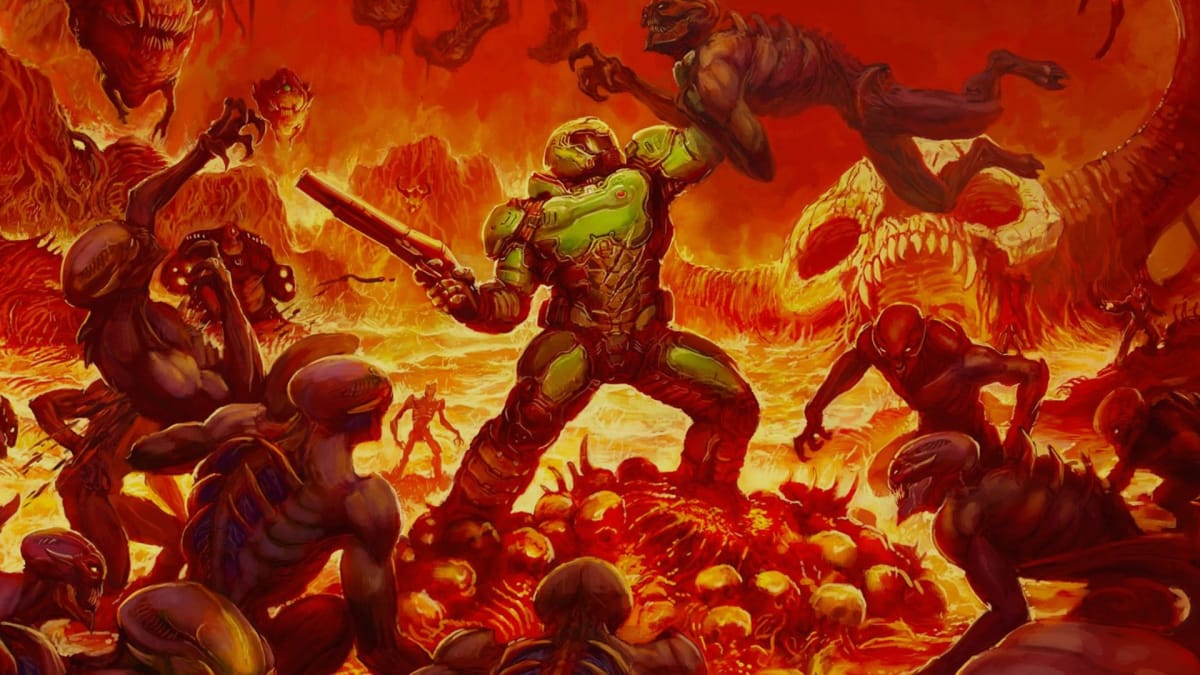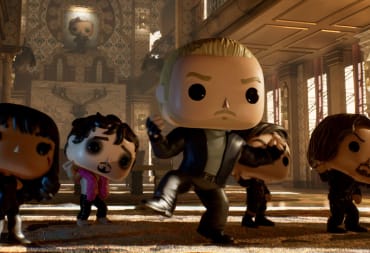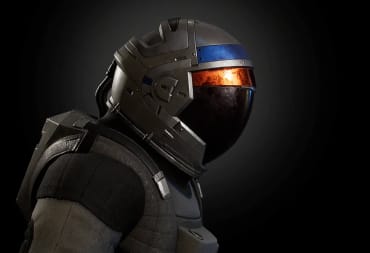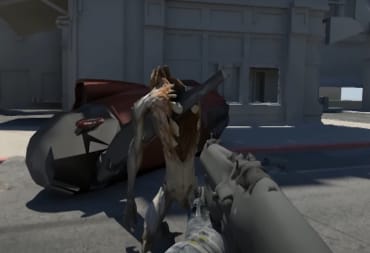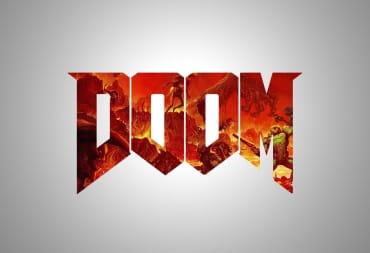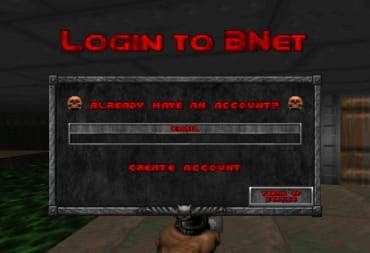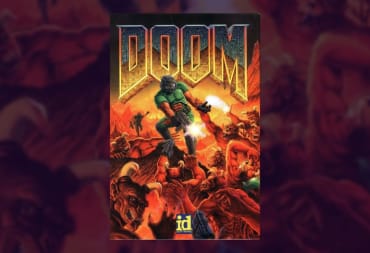For most gamers, a trip to Hell is as new and exciting as a trip to the supermarket. Devil May Cry, Paper Mario, Diablo - you name it, video games just love using the inferno for a backdrop.
But the competition for gaming's best Hell is hardly stiff. No, one clearly stands head and shoulders above the rest. If you want a fantastically designed underworld, you have to look no further than id Software's latest DOOM.
For nearly twenty-five years, Hell has been a cornerstone of Doom's iconography—right up there with the pinky demons or BFG. A majority of the original Doom took place in the ghoulish nether world, which was presented as a bizarre series of labyrinthine complexes made of steel, stone, and occasionally even flesh.
It was an undoubtedly disturbing locale, but I always felt like it didn't quite mesh with the gameplay. It felt almost too outwardly horrific and disturbing to fit the comedic levels of violence on display.
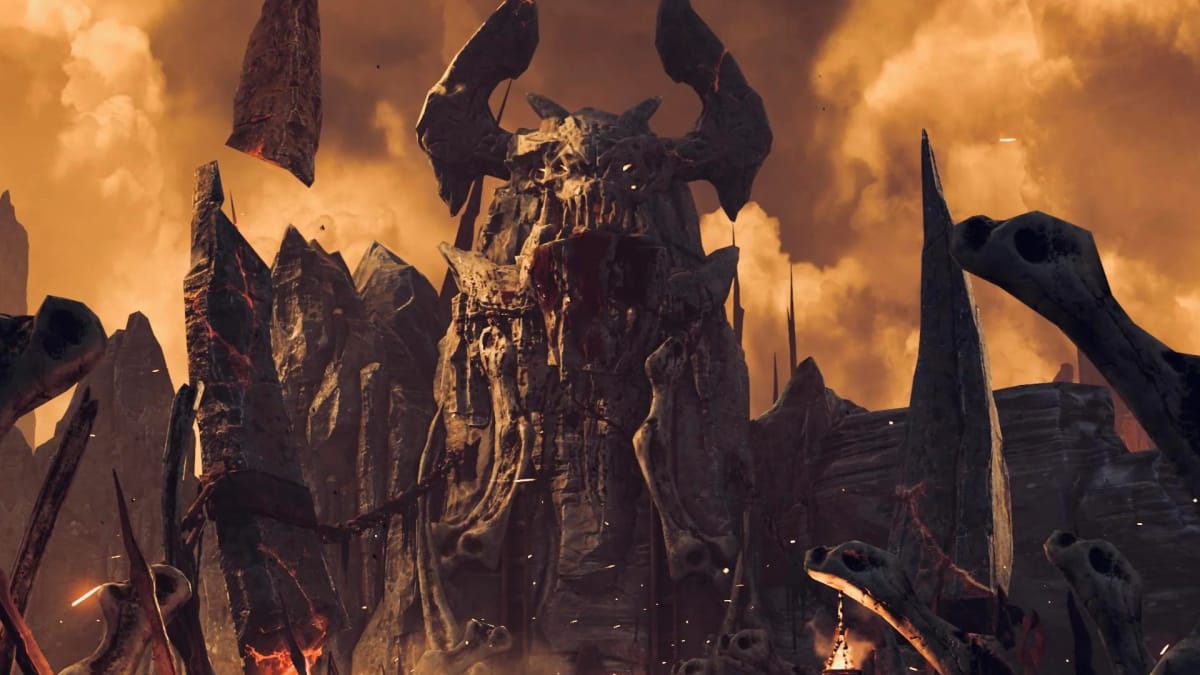
But that was Doom. DOOM (2016) is a whole different beast.
DOOM (2016)'s Hell exchanges fire, brimstone, and floors made of pulsating intestines for something a bit more "metal." The hellscape consists of numerous floating islands connected by chains, all hovering over an endless void.
The islands themselves are littered with massive bones and skulls, all adorned with glowing demonic runes and covered in a thick coat of blood. Railings are comprised of both bones and jagged metal fences—a far cry from the uniform UAC crates and stone walls of previous titles.
But the region known as the Titan's Realm is where DOOM's Hell really gets its chance to shine. Your time in the Titan's Realm takes the Doom Slayer through the hollowed-out corpse of a long-dead demon, exploring a multitude of unholy temples and wading through rivers of blood.
It's completely absurd, and it really made me take a step back and realize that just a few years ago, this game was going to be a gritty modern military shooter.
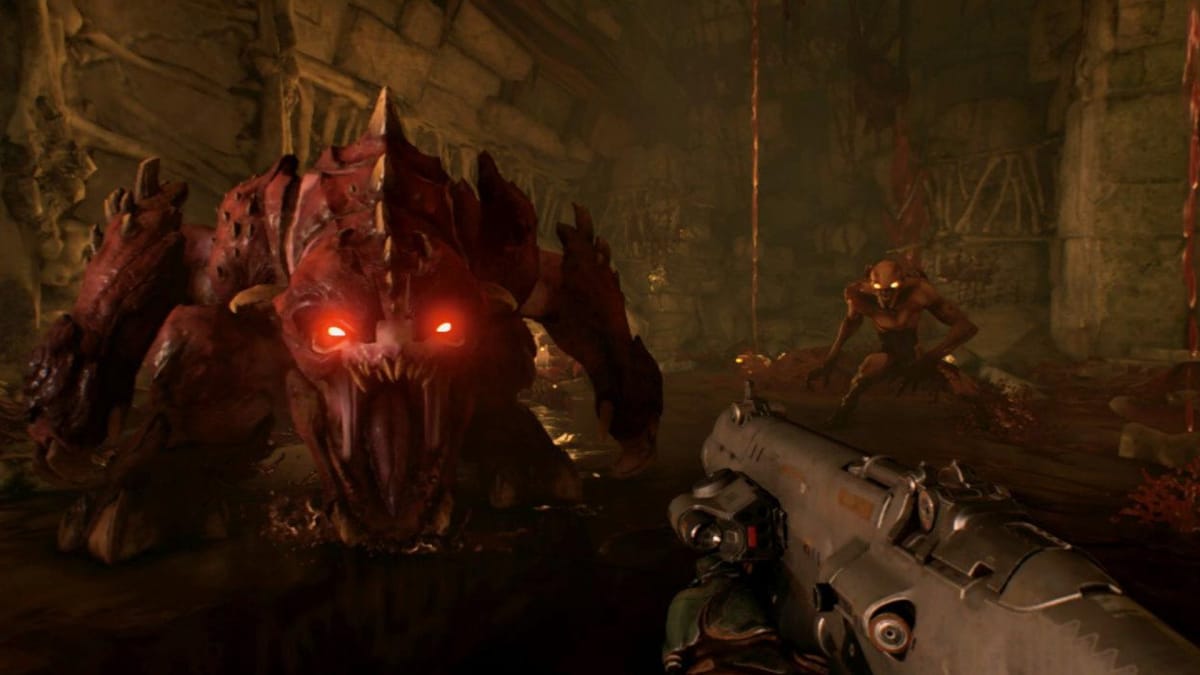
Not only is Hell DOOM (2016)'s most visually interesting location, it's also the one with the most blatant fanservice. From the old hell doors to Commander Keen's head on a pike, there's plenty of cheeky references to the Doom games of yesteryear. But the real standout is the presence of the Icon of Sin, the final boss of Doom 2.
The Icon's presence in the Necropolis level is obvious, but never pushed in your face. The beast's giant skull is still fixated to the wall, and nobody cares to point it out to you. But Doom fans know what to do.
When I shot that rocket into its glowing forehead, you have no idea how happy I was to hear John Romero's garbled taunt as a collectible flew out.
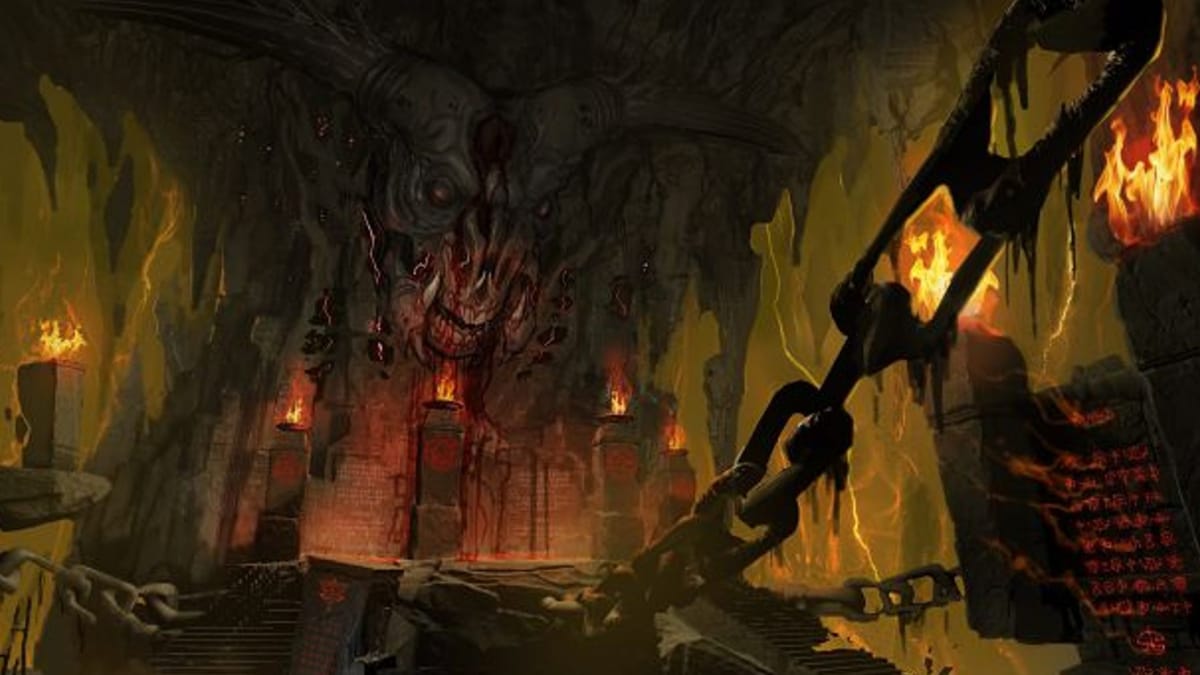
It was a small touch, just one collectible out of many in the game, but the fact that the team at id decided to throw it in in the first place shows how much care went into making DOOM so fantastic.
This post was originally published in 2016 as part of our Bullet Points series. It's been republished to have better formatting and images.
Have a tip, or want to point out something we missed? Leave a Comment or e-mail us at tips@techraptor.net
